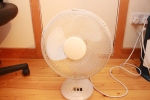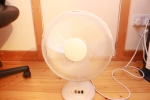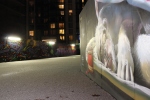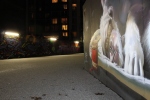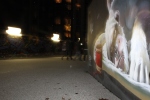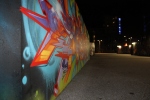Hi everyone! This weeks photography challenge was to take a photo from the website Retouch Pro and do one of the restoration challenges. I chose restore challenge 60 and soon realised it would be extremely challenging. It is my first time properly using Photoshop for retouching. The picture I chose had lots of detail that needed restoring in the face and also a lot of damage on it. I think for my first time retouching a photograph I have done well.
This is the original image:
 As you can see there is a lot of scratches on the image and also a blue hue over the mans jacket. After starting this challenge, I realised that you would need to have knowledge of facial structure when editing this image to get the shape of the mans face right. However, I still wanted to give it a go and see how I would get on.
As you can see there is a lot of scratches on the image and also a blue hue over the mans jacket. After starting this challenge, I realised that you would need to have knowledge of facial structure when editing this image to get the shape of the mans face right. However, I still wanted to give it a go and see how I would get on.
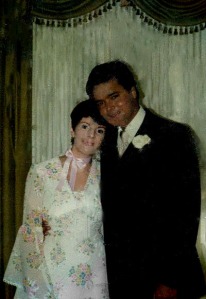 So this is what I have been able to do in Photoshop. There are still some scratches in the image but I had spent a lot of time to even get it to this and think I have done a good job for a beginner. To be able to get it to this stage, I first started off by cropping out some of the original image to make the area smaller to work with. I then applied the Dust and Scratches filter to it, to eliminate some of the major scratches across the center of the image. I used the spot healing brush tool for getting rid of a lot of the white dots around the image. I also used the healing brush tool on the faces as you are able to take a sample of some pixels from another area and then place them on the area I wanted to heal. This meant I could take areas of the man’s face that were the right colour and place them on his chin were the white scratch was. I used the smudge tool to smooth out the colour on the mans jacket and then I added two layers so I was able to adjust the levels of colour in certain parts of the image. I was able to use the magic wand tool to select the mans jacket on one of the layers and adjust that area on its own. As a beginner, I feel this was a touch challenge but I did enjoy it. If any of you have any feedback on how I could make some final improves to it please leave a comment below 🙂 .
So this is what I have been able to do in Photoshop. There are still some scratches in the image but I had spent a lot of time to even get it to this and think I have done a good job for a beginner. To be able to get it to this stage, I first started off by cropping out some of the original image to make the area smaller to work with. I then applied the Dust and Scratches filter to it, to eliminate some of the major scratches across the center of the image. I used the spot healing brush tool for getting rid of a lot of the white dots around the image. I also used the healing brush tool on the faces as you are able to take a sample of some pixels from another area and then place them on the area I wanted to heal. This meant I could take areas of the man’s face that were the right colour and place them on his chin were the white scratch was. I used the smudge tool to smooth out the colour on the mans jacket and then I added two layers so I was able to adjust the levels of colour in certain parts of the image. I was able to use the magic wand tool to select the mans jacket on one of the layers and adjust that area on its own. As a beginner, I feel this was a touch challenge but I did enjoy it. If any of you have any feedback on how I could make some final improves to it please leave a comment below 🙂 .




